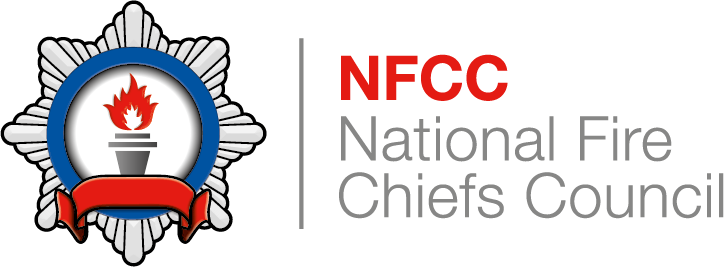About Operational Guidance
Operational Guidance spans a wide range of activity. There is a structure to make sense of it all; it uses the hazards encountered at incidents and the measures used to control or eliminate them. The guidance is structured so that it starts with the elements that affect all incidents, then explores the environments in which fire and rescue services work, and finally the activities that are carried out.

Image showing the Operational Guidance framework
The programme to create the guidance closed in March 2018. The NFCC now looks after the guidance to ensure that it continues to underpin the important work of the fire and rescue service and keeps firefighters and the public safe.
Continuous improvement
We have a system of regular review to ensure new and existing guidance will be enhanced and developed over time to embrace further areas of operational interest.
There will also be key influencers, such as the outcome of inspections and the ongoing work on professional standards. Taking both a proactive and reactive approach like this will ensure that the guidance and the associated training specifications keep pace with change over time.
National Operational Learning
The new online system to gather learning from individual fire and rescue services and assess whether that learning should be shared at a national level was launched in October 2018. The NFCC secretariat function ensures that the comprehensive process of assessment and review continues, and that dissemination takes place across all fire and rescue services.
